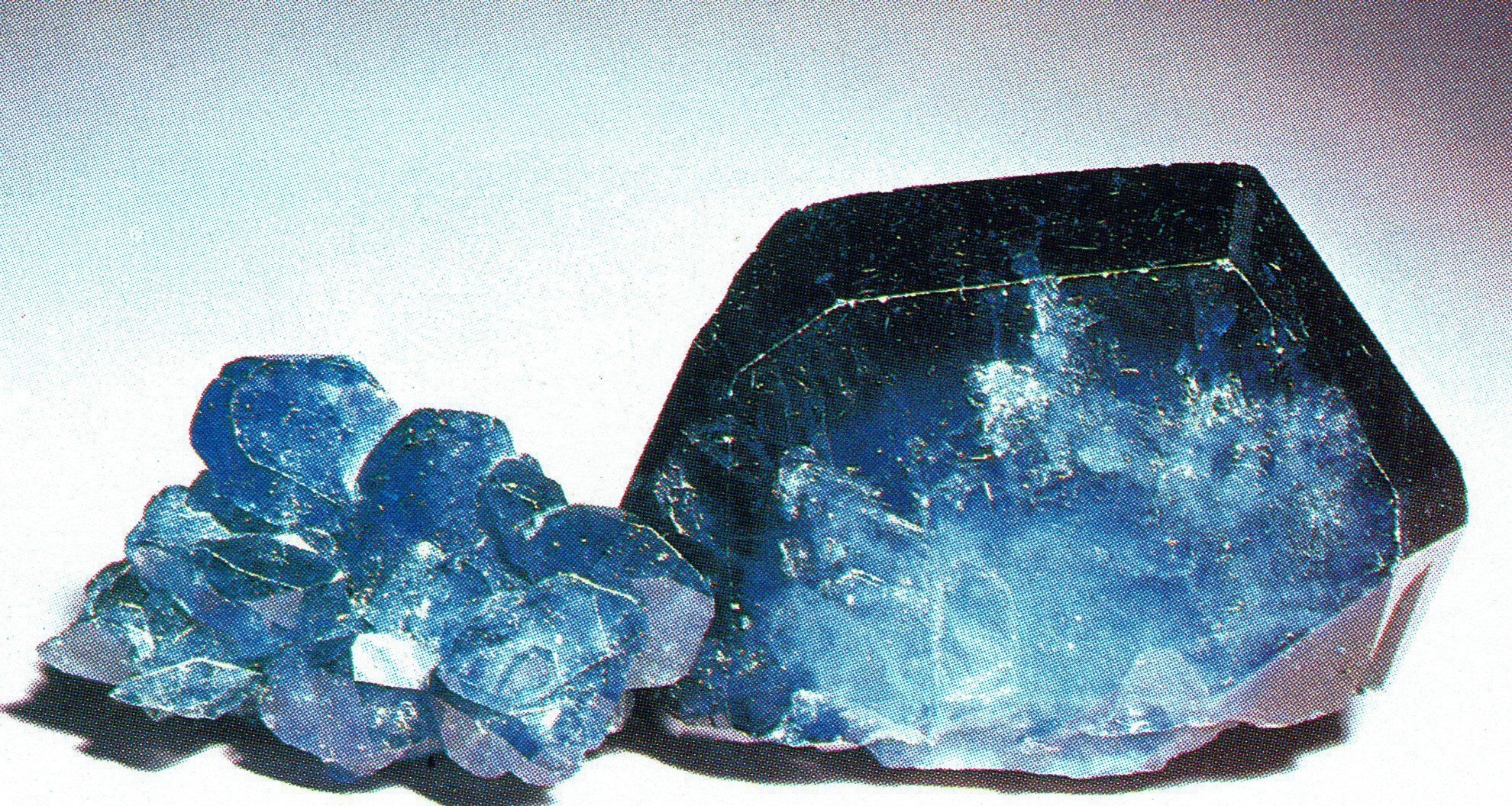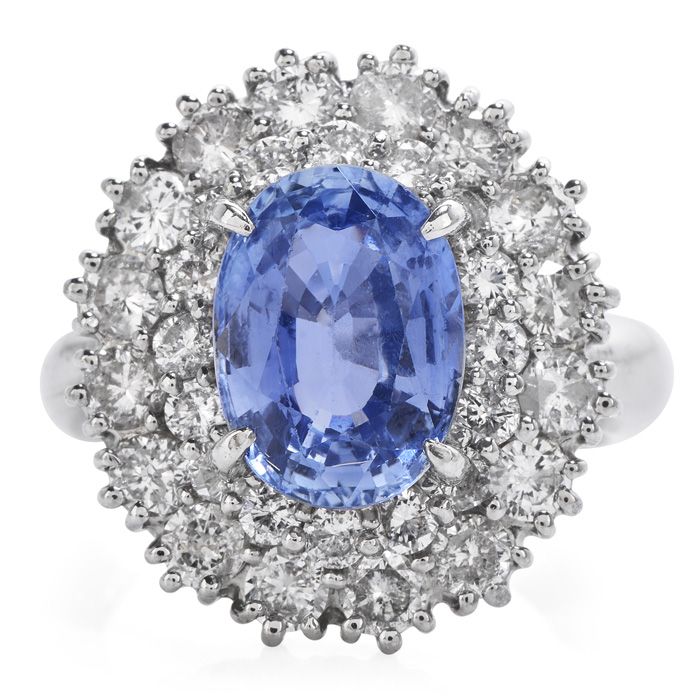What Is Synthetic Sapphire, And How Is It Produced?
In the realm of advanced materials, synthetic sapphire has emerged as a fascinating and versatile substance, captivating industries ranging from electronics to optics. This article aims to delve into the intricate world of synthetic sapphire, shedding light on its definition, properties, and the cutting-edge methods employed in its production.
What is Synthetic Sapphire?
Synthetic sapphire, often referred to as "created sapphire," is an artificially engineered form of corundum – the mineral responsible for the natural creation of rubies and sapphires. Unlike its naturally occurring counterparts, synthetic sapphire is meticulously crafted in laboratories using advanced techniques, resulting in a material that rivals its natural counterparts in terms of hardness and optical clarity.
Properties of Synthetic Sapphire:
Exceptional Hardness:
Synthetic sapphire boasts a remarkable hardness, second only to diamond on the Mohs scale. This makes it an ideal material for applications demanding durability, such as in the manufacturing of watch crystals and rugged optical components.

Optical Clarity:
One of the defining features of synthetic sapphire is its exceptional transparency in the visible light spectrum. This makes it highly sought after for optical applications, including lenses, windows, and laser components.
High Thermal Conductivity:
The ability of synthetic sapphire to conduct heat efficiently makes it an excellent choice for applications in high-temperature environments. This property has led to its use in industries like aerospace and electronics.
Production of Synthetic Sapphire:
Verneuil Process:
The Verneuil process, developed in the early 20th century, was the pioneering method for creating synthetic sapphire. This flame fusion technique involves melting aluminum oxide powder and allowing it to solidify into a crystal structure as it descends from the flame.

Kyropoulos Process:
As technology advanced, the Kyropoulos process emerged as a more sophisticated method for producing larger and higher-quality synthetic sapphire crystals. This method involves slowly cooling a seed crystal immersed in molten aluminum oxide, resulting in a single crystal with fewer impurities.
Czochralski Process:
Widely used in the semiconductor industry, the Czochralski process involves pulling a crystal from a molten bath of aluminum oxide. This technique allows for the precise control of crystal growth and the production of large, high-quality synthetic sapphire crystals.
Applications of Synthetic Sapphire:
Electronics:
Synthetic sapphire is a key component in the manufacturing of LED substrates, providing the necessary thermal and optical properties for efficient LED performance.
Optics and Laser Technology:
Its optical clarity and durability make synthetic sapphire an ideal material for lenses, windows, and laser components, enhancing the performance of optical systems.
Watch Industry:
In the watchmaking industry, synthetic sapphire crystals are commonly used as transparent coverings for watch faces due to their scratch-resistant nature.
Conclusion:
As we navigate the era of advanced materials, synthetic sapphire stands out as a shining example of human ingenuity. From its exceptional properties to the intricate processes involved in its creation, the world of synthetic sapphire continues to evolve, promising innovative solutions across various industries. This article has aimed to unravel the brilliance of synthetic sapphire, offering a comprehensive exploration of its definition, properties, and the cutting-edge methods behind its production.
Comments
Post a Comment